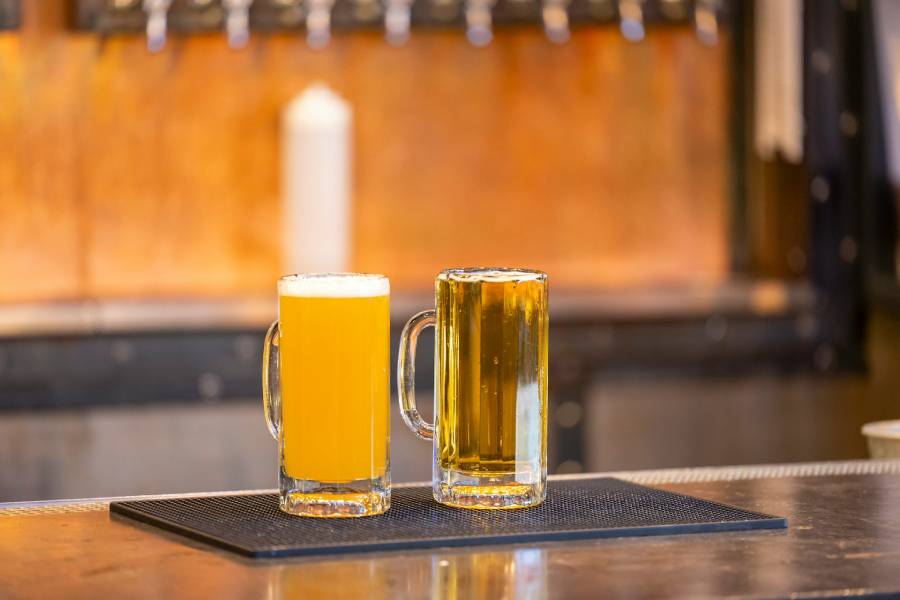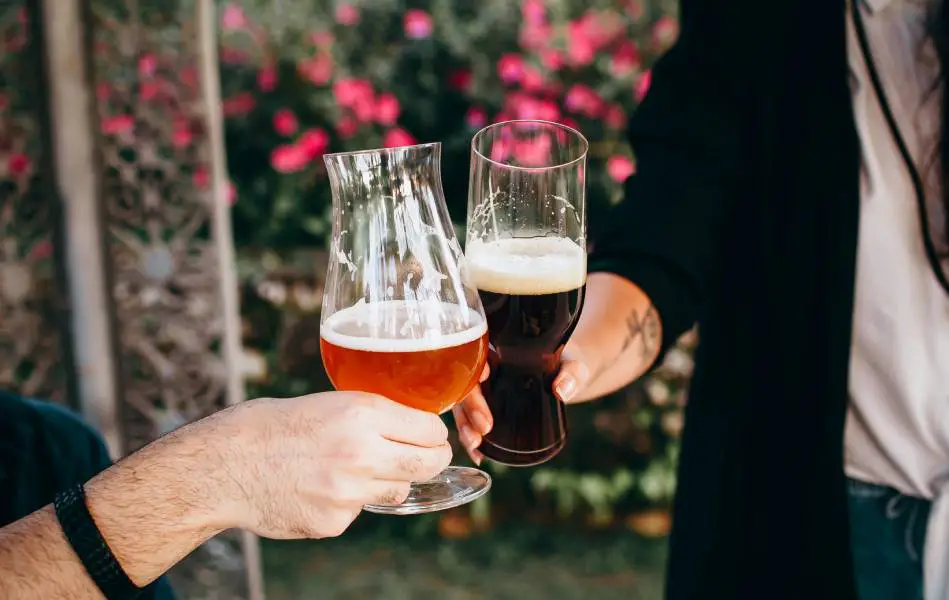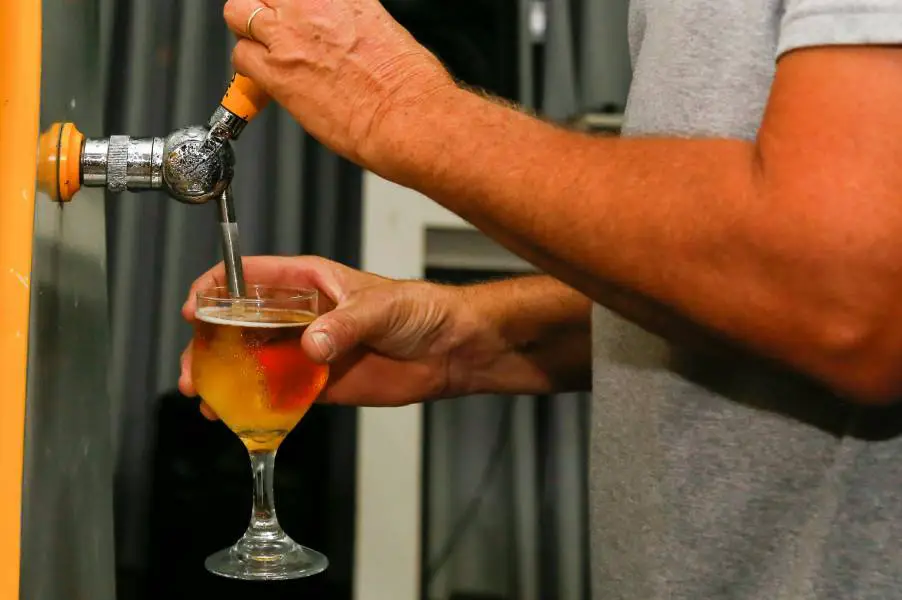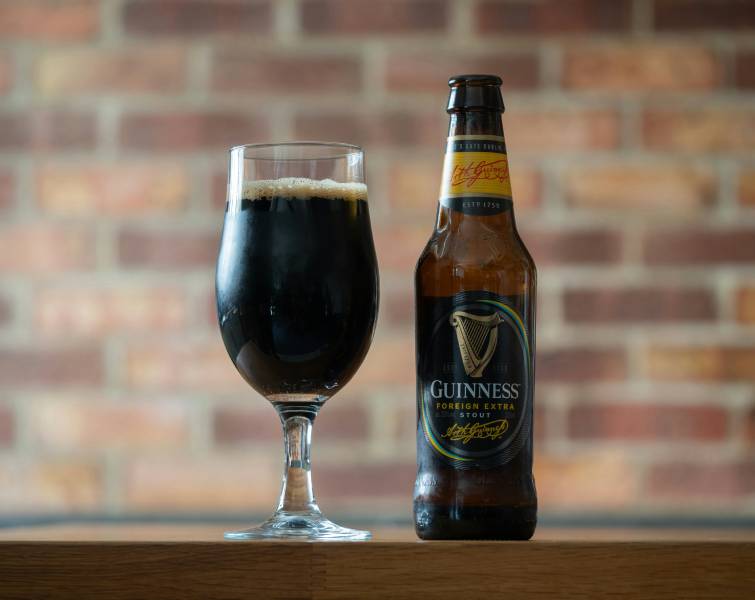What does beer taste like and why does it intrigue so many? The experience of drinking beer is as varied as the countless styles available. Whether you’re sipping a craft brew or a classic lager, each beer offers something unique. Understanding how beer taste like can deepen your appreciation for this beloved beverage.
What Does Beer Taste Like?
Beer generally has a bitter taste, often accompanied by a variety of other flavors. These can include malt sweetness, the citrusy or floral notes from hops, and the roasted coffee or chocolate undertones in stouts. It also sometimes has tangy, fruity, or spicy hints, depending on the style and ingredients used.
The beauty of beer is that you can incorporate various ingredients to create a taste that suits your preference. For instance, adding extra hops can give your beer a more intense bitterness and floral aroma. Using different malts can introduce flavors like caramel, chocolate, or coffee.
As a homebrewer, you can experiment with fruits, spices, and herbs to craft unique brews. Try adding orange peel for a citrusy kick or cinnamon for a warm, spicy note. The possibilities are endless, allowing you to tailor each batch to your taste and create something truly personal and delicious.

The Flavor Categories of Beer
The following are some of the flavor categories of beer you can choose to enjoy. Each category offers distinct and diverse taste experiences:
- Crisp: Light-bodied and refreshing, these beers often have a clean finish with subtle malt sweetness. They are ideal for hot weather and easy drinking.
- Hop: Dominated by hop bitterness and aroma, these beers feature flavors ranging from citrus and pine to floral and herbal, appealing to hop enthusiasts.
- Malt: Rich and sweet, malt-forward beers highlight flavors like caramel, toffee, and bread, providing a smooth, fuller-bodied drinking experience with a comforting warmth.
- Roast: Featuring dark, roasted malts, these beers deliver flavors of coffee, chocolate, and dark fruits, creating a robust, deep complexity ideal for savoring slowly.
- Smoke: Infused with smoky flavors from smoked malts or added ingredients, these beers offer a unique, savory profile reminiscent of campfires or smoked foods.
- Fruit and Spice: Incorporating real fruits or spices, these beers present vibrant, varied flavors from tart berries and citrus to warming cinnamon and clove.
- Tart and Funky: These beers are characterized by sourness and wild yeast fermentation and offer tangy, acidic flavors with funky, earthy notes, appealing to adventurous palates.
Types of Beer and Their Typical Flavors
There are different types of beer, each offering unique flavors. Here are some of them:
- Lagers: Crisp and clean, with subtle malt sweetness, they often feature mild hop bitterness and a refreshing finish, suitable for easy-drinking sessions.
- Ales: Varied from pale ales with hop-forward flavors to stouts with rich, roasted maltiness and complex coffee and chocolate notes.
- IPAs (India Pale Ales): Bold hop bitterness and aroma, ranging from citrusy and piney to floral and herbal, with a balancing malt backbone.
- Stouts and Porters: Dark and robust, with flavors of roasted malt, coffee, chocolate, and sometimes hints of caramel or licorice.
- Belgian Ales: Fruity esters, spicy phenols, and higher alcohol content, offering complexity with flavors like banana, clove, and peppery notes.

The Main Factors Affecting Beer Flavor
There are various factors that affect beer’s flavor, and each contributes uniquely. So, as a beer lover or homebrewer, you need to understand these factors to help you create and appreciate different taste profiles. Here are the factors:
- Brewing Process: The temperature and duration of brewing impact the beer’s overall flavor, enhancing or muting specific taste notes.
- Fermentation: The type and duration of fermentation affect the alcohol content, carbonation, and unique flavors developed in the beer.
- Yeast: Different yeast strains impart distinct flavors, from fruity and spicy notes in ales to clean and crisp in lagers.
- Hops: Hops contribute bitterness, aroma, and flavors ranging from citrus and pine to floral and earthy, balancing the beer’s sweetness.
- Water: The mineral content of water influences the beer’s taste, affecting the final flavor profile and mouthfeel significantly.
- Grain: Various malted grains add sweetness, color, and flavors like caramel, chocolate, or roasted coffee, forming the beer’s foundational taste.
- Serving Conditions: Glassware plays a vital factor when serving beer. For instance, the shape and size of glassware enhance aroma, maintain head retention, and influence how flavors are perceived.
- Serving Conditions: Here, you will need to monitor your temperatures carefully. Serving temperature affects the beer’s taste; colder temperatures mute flavors, while warmer temperatures enhance complexity and aromas.
- Storage and Freshness: Proper storage, away from light and heat, maintains freshness and prevents off-flavors caused by oxidation and spoilage.

Frequently Asked Questions
How Can You Make Beer Taste Better?
To enhance your beer’s taste, consider factors like serving it at the right temperature and in appropriate glassware to preserve aromas. Experiment with fresh ingredients, adjust brewing techniques for desired flavors, and ensure proper storage conditions to maintain freshness. Pairing beer with complementary foods can also elevate the overall tasting experience.
Can You Add Salt to Beer to Make It Taste Better?
Yes, you can add a small amount of salt to certain beer styles, such as Gose or other sour beers, to enhance their flavors. However, for most traditional beer styles, adding salt may not improve the taste and can alter the intended flavor profile. It’s best to try it sparingly to see if it suits your preference.
What Flavor Is Root Beer?
Root beer is a beverage known for its sweet and spicy flavor profile. It often combines herbal and rooty notes with hints of vanilla, wintergreen, and sassafras. The taste can vary, with some varieties leaning more towards a creamy, caramel-like sweetness, making it a popular soda choice in many places.
Conclusion
Beer, in its myriad forms, offers a journey of flavors from crisp and refreshing lagers to robust, coffee-infused stouts and tangy, fruity ales. Understanding beer’s taste involves appreciating its diverse ingredients and brewing techniques. Whether exploring classics or new brews, each sip unveils a unique and enjoyable experience.











